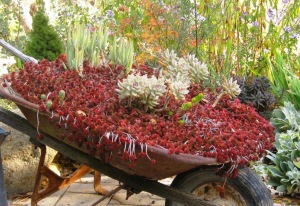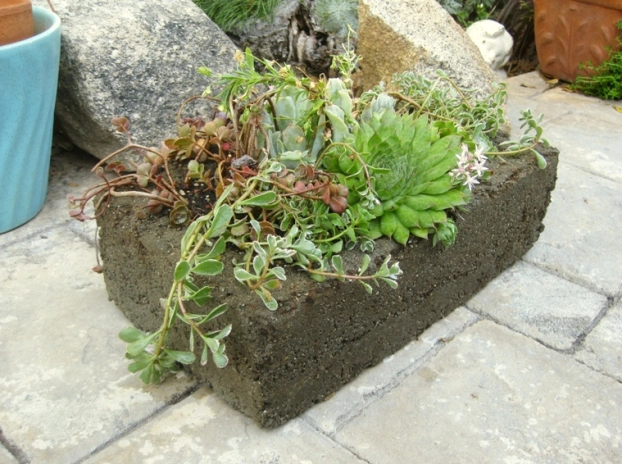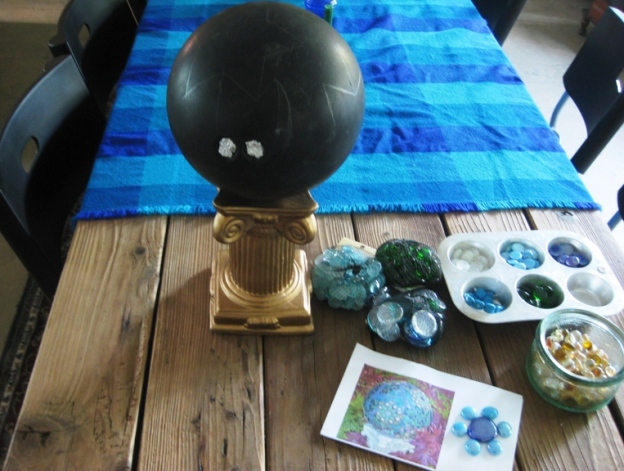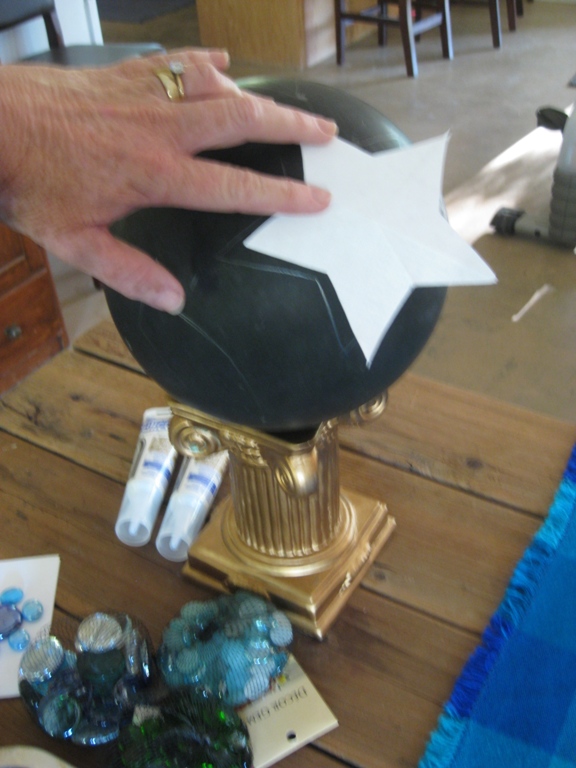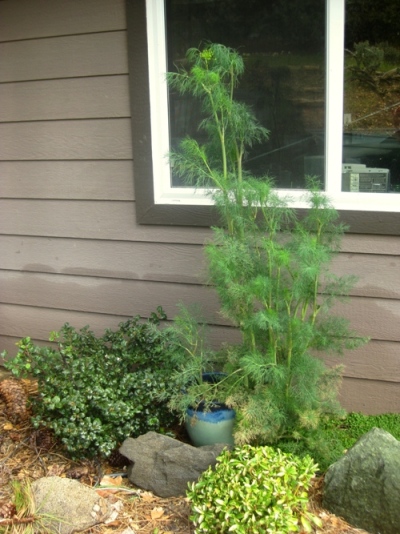What are hypertufa troughs?
Hypertufa (pronounced hyper-toofa) is a mixture of peat moss, perlite, cement and water.
Old stone watering troughs in England could be found in farmer’s fields, sometimes built into stone walls to provide water for two fields of livestock.
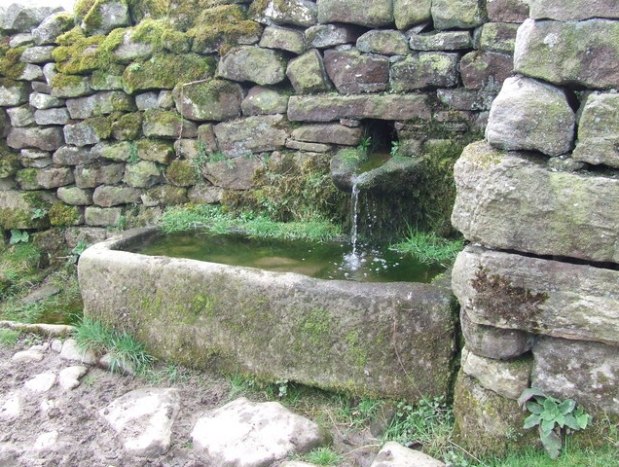
Traditional Stone Water Trough in Britain, Wikipedia Commons Photographer Roger Nunn
These troughs are usually one-of-a-kind, and very rare and desirable to alpine gardeners and plant collectors and are very expensive and heavy, as well. Now you can make them yourself.
There is a natural volcanic rock called tufa, which has also been used by gardeners. There are a few natural deposits found around the world, some in Britain, some in North America and various other areas. In the 1800’s, English gardeners found that by mixing certain ingredients they could make a light weight version of stone troughs. In time, hypertufa will develop the look of weathered stone.
For those who like miniature plants which often get lost in a garden, making your own troughs, and really, any shaped stone-like container, is easy and fun! I like growing succulents and other small plants and after hearing about hypertufa long, long ago, have always wanted to try it.
So,… this past month my friend Cheryl and I decided to give ourselves an assignment: to give a workshop to our garden club! O…K…!…
Read More+


